Sustainability
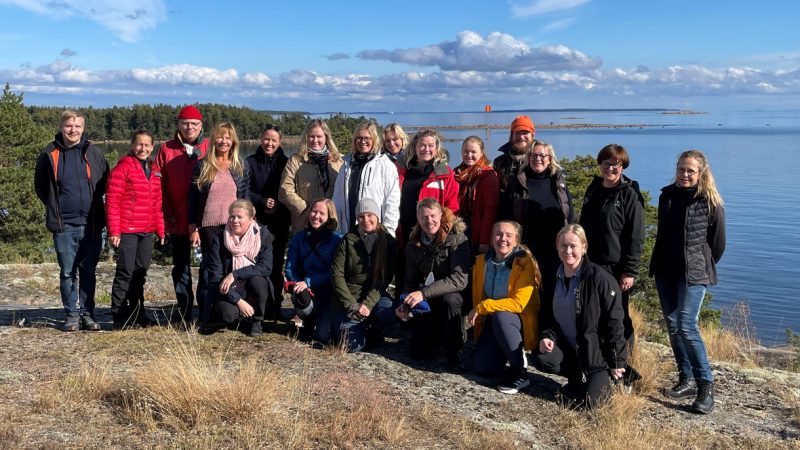
We save the Baltic Sea and its heritage for future generations
We, the personnel of the Foundation – so called Säätäjät – work passionately to save the Baltic Sea. Our main aim is to increase the overall wellbeing of the Sea, from its ecological state to culture. Simultaneously, we improve the sustainability of our own work methods.
We are now 25 people working to save the Sea. Our daily work involves collaborating with a wide range of partners and stakeholders. We are uncompromising professionals when it comes to saving the Baltic Sea, so encouragement, learning and endurance at work are prerequisites for our success.
Sustainability programme
Our goal is to save the Baltic Sea and its heritage for future generations. Through a materiality analysis carried out for our stakeholders and personnel, we have selected three areas of sustainability that are important to us. For each area, we defined targets for 2030. We will monitor the development of our sustainability targets and report on them in more detail as part of our Annual Report (2025).
Impactful actions
- reducing phosphorus load
- strengthening people’s relationship with the sea
- reducing our own CO2-emissions
Our goal is to significantly reduce the phosphorus load to the Baltic Sea, increase the willingness to donate to the foundation and maintain the trust of our stakeholders.
Competent and healthy personnel
- developing and maintaining competence and well-being
- developing the employee experience
Our goal is to encourage actions that maintain health, well-being and work motivation. We measure well-being at work and job satisfaction with surveys twice a year.
Reliable partnership
- transparent communication
- minimizing risks
- developing partnerships
It is important for us to allocate at least 70 % of the donated funds annually to our operational activities. We communicate openly about the use of donated funds. We also aim to have the “code of conduct” approved by the majority of all our partners.
John Nurminen Foundation and the UN SDGs
In our own operations, we are committed to promoting these United Nations Sustainable Development Goals:
6.
Clean water and sanitation
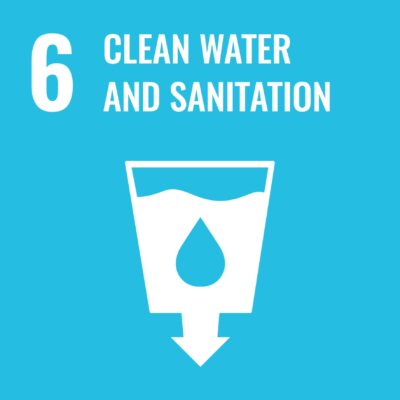
- Improve water quality by reducing pollution and minimizing emissions of hazardous chemicals.
- Protect and restore water-related ecosystems, such as wetlands and peatlands.
- Wastewater treatment.
12. Responsible consumption
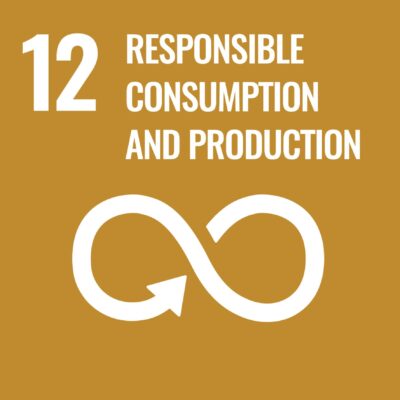
- Encourage the adoption of sustainable practices and their reporting.
- Ensure that people are aware of sustainable development and nature-friendly lifestyles everywhere.
13. Climate action
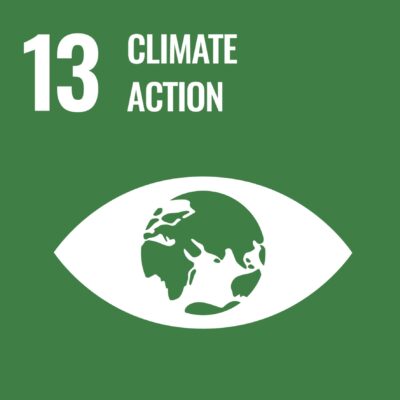
- Integrate climate change measures into national policies, strategies and planning.
- Increase the knowledge related to climate change mitigation, adaptation and mitigation of the effects.
14. Life below water
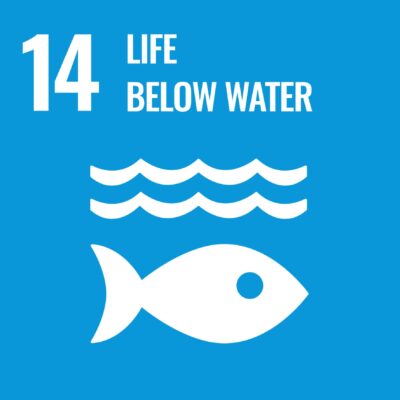
- To prevent and significantly reduce marine pollution, especially through land-based activities, such as marine waste and nutrient loads.
- Protect marine and coastal ecosystems, for example by strengthening their resilience, and take restoration measures to safeguard healthy and productive marine areas.
15. Life on land
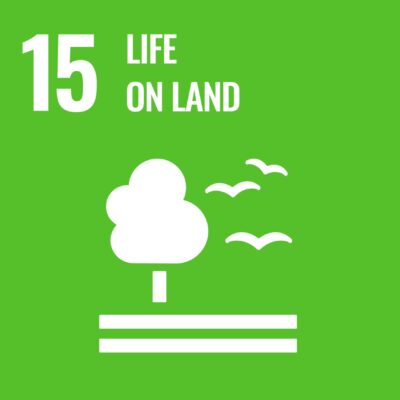
- Protect and restore terrestrial and inland freshwater ecosystems and the services they provide– in particular forests and wetlands– by 2030.
- Promote the adoption of sustainable management practices for all types of forests.
Cultural sustainability
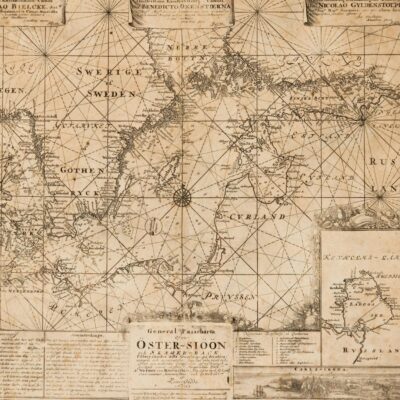
Strengthening people’s relationship with the sea is a significant part of our foundation’s work. That is why we also promote cultural sustainability.
Emissions from own operations
We calculated the emissions of our own operations for the first time in 2024. The calculation took into account all relevant Scope 1, Scope 2 and Scope 3 emissions in accordance with the GHG protocol
According to the calculation, the carbon footprint of our operations was 525 tCO2e, of which Scope 1 emissions accounted for 0 %, Scope 2 emissions for 8 % and Scope 3 emissions for 91 %. As a basis for the emission factors for the calculation, we mainly used the Carbon Wise database and public sources.
Scope 1
The majority of the direct emissions from our own operations consist of travel expenses for our project work. We aim to reduce our emissions by organising remote meetings. We encourage each other to primarily use low-emission modes of travel, such as public transport, train or going on foot.
Scope 2
Our indirect emissions from our own operations consist of emissions from our office and collection storage, such as heating. Most of the Scope 2 emissions are related to the emissions of the premises available for rent in our office building, as we are a minority shareholder in the Huolintatalo property.
Scope 3
Indirect emissions generated as a result of our operations are related to the implementation of our work (saving the Baltic Sea, “effective actions” in the sustainability programme). Emissions are generated, for example, from the procurement of services and goods, and they are mainly caused by the transport services of our projects (transport of gypsum and manure and the transport and mowing costs of reed material) as well as restoration measures in peatlands and forests. Other emissions are caused by the services we use and the costs related to collection management. In order to reduce emissions, we encourage all our partners to commit to responsible operations and emission reductions in the Baltic Sea.
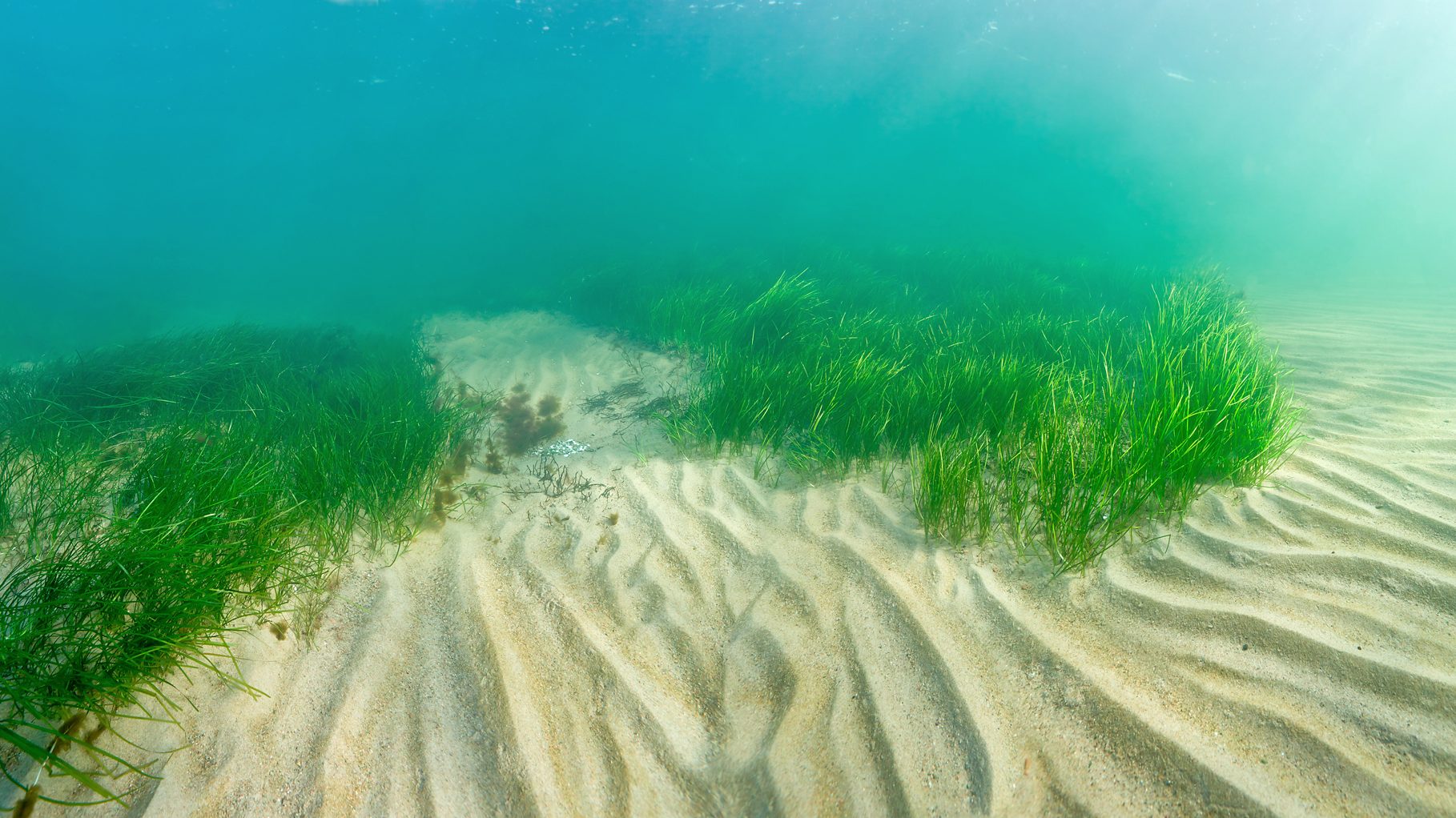
Our work
What do we do to save the Baltic Sea and its heritage?